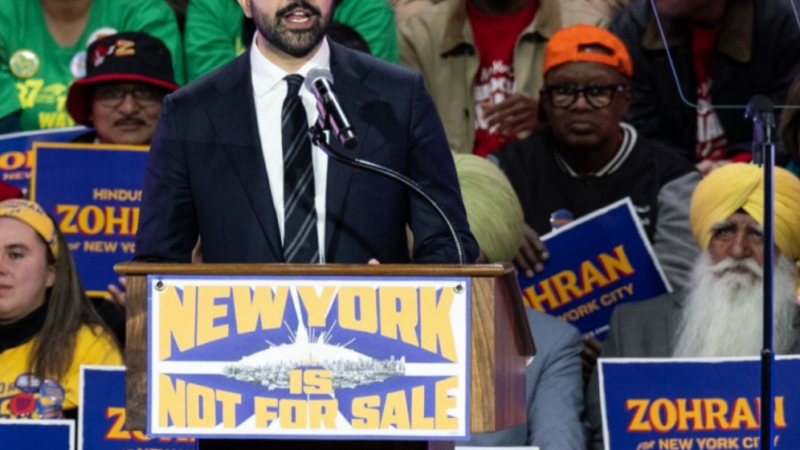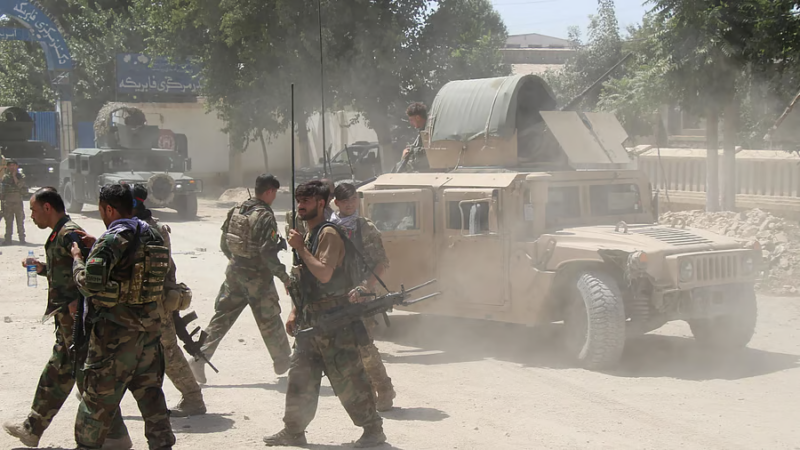Pakistan Faces Surge in Militant Activity, Sectarian Clashes, and Continued Political Crisis

Pakistan is increasingly grappling with a volatile and multifaceted security crisis, characterized by militant attacks, sectarian clashes, and political violence.
In 2024, Pakistan witnessed a steep increase in violent attacks, with the total number of incidents reaching 856, driven by both attacks from the Tehrik-i-Taliban Pakistan (TTP) and the Balochistan Liberation Army (BLA).
Pakistan has also been plagued by sectarian violence, with a sharp rise occurring in late November after gunmen opened fire on a convoy of around 200 Shia passengers in the district of Kurram, near the border with Afghanistan, killing 52.
Protests driven by discontent over the perceived political persecution of former Prime Minister Imran Khan by the government and military establishment have also emerged, further destabilizing an already fragile system of governance.
Pakistan is increasingly grappling with a volatile and multifaceted security crisis. The country is facing a sharp surge in terrorist attacks, fueled by both domestic insurgencies and transnational extremist elements, posing a significant challenge to its national security. The northwest region, historically a hotbed of sectarian tensions, has also seen a dramatic escalation in extreme violence in the past weeks, with clashes between various ethnic and religious factions intensifying. At the same time, Pakistan’s political landscape remains deeply fractured, marked by widespread unrest and mass protests by supporters of former Prime Minister Imran Khan, who was ousted from office in 2022 by a no-confidence vote. The protests, driven by discontent over perceived political persecution of Khan by the government and military establishment, have further destabilized an already fragile system of governance. The current convergence of militant violence, sectarian strife, and political instability has further complicated Pakistan’s efforts to achieve long-term stability and peace.
In 2024, Pakistan has witnessed a sharp increase in violent attacks, with the total number of incidents reaching 856, a notable rise from the 645 attacks recorded in 2023. This alarming surge underscores the escalating security challenges the country faces, particularly in regions already struggling with long-standing instability. The majority of these violent incidents have occurred in Khyber Pakhtunkhwa and Balochistan. In Khyber Pakhtunkhwa, which shares a porous border with Afghanistan, militant groups such as the Tehrik-i-Taliban Pakistan (TTP) have exploited the region’s weak governance and overmatched security forces to launch attacks. TTP operates from Afghanistan, and has, since the Taliban’s takeover of Afghanistan in August 2021, increasingly been able to launch deadly cross-border attacks into Pakistan. In 2024, the TTP has also increasingly received support from the Afghan Taliban to build up its organizational and operational capabilities. According to a UN assessment, weapons that were left behind after the U.S. withdrawal from Afghanistan, such as weapons with night vision capability, have been provided by the Afghan Taliban to TTP, further improving its capabilities. Islamabad and the TTP have negotiated temporary ceasefires in past years, including in November 2021, May 2022, and June 2024. TTP’s main demands center around expelling military forces from the former Federally Administered Tribal Areas (FATA), a territory long considered ‘ungoverned’ and which the Pakistani state began to attempt to integrate more closely over the past several years.
Balochistan, home to a volatile mix of ethnic insurgent groups and separatist movements, has also been a persistent hotbed of violent militarism. A particularly prominent actor in the province is the Balochistan Liberation Army (BLA), a separatist group that has been responsible for some of the most high-profile and deadly attacks in recent years. The BLA’s attacks have intensified in recent months. In November, BLA perpetrated an attack at the train station of Quetta, which claimed the lives of 26 people. In August, in a 24-hour period, 35 civilians and 14 security personnel were killed by the BLA, in a spate of six attacks. A lack of resources and political upheaval has further weakened the capabilities of law enforcement and intelligence to prevent and mitigate these attacks. The ethnonationalist group seeks the full independence of Balochistan and firmly opposes the substantial Chinese economic presence in the region in the form of the China-Pakistan Economic Corridor.
Pakistan has also been plagued by sectarian violence, with a sharp rise occurring in late November after gunmen opened fire on a convoy of around 200 Shia passengers in the district of Kurram in Khyber-Pakhtunkhwa, killing 52. Since then, approximately 130 people have been killed, with around 200 wounded, both Shia and Sunni. Though the district of Kurram is majority Shia Muslim, the rest of Pakistan is Sunni Muslim. This has created a dynamic that significantly contributes to the tensions in the area; land disputes are also often cause for tension. A seven-day ceasefire was announced by the Pakistani government on November 24 but failed to hold. A second ceasefire, however, was announced days later on November 27, with authorities stating troops would be sent to Khyber-Pakhtunkhwa to uphold the ceasefire.
The political upheaval in Pakistan has further diverted resources away that are needed to counter the rampant surge in terrorist attacks and sectarian violence. On Monday, November 25th, supporters of former PM Imran Khan’s political party, Pakistan Tehreek-e-Insaf (PTI), protested for a fifth time in recent months against the government and military establishment and demanded that the former PM be released from jail. Former PM Imran Khan, who came to power with the support of the military establishment, has had a long, fraught relationship with the military and intelligence services after coming to power. After Khan was ousted from office in April 2022, he was slapped with corruption charges in May 2023, which led to widespread outrage in Pakistan. The protests have been marked by intense clashes between Khan’s followers and security forces. According to an Al Jazeera investigation, certain PTI protestors were killed in the clashes with security forces, which the government denies. The opposing narratives regarding the protests, the charges of PM Imran Khan, and the government response have further weakened a fragile and polarized society.






